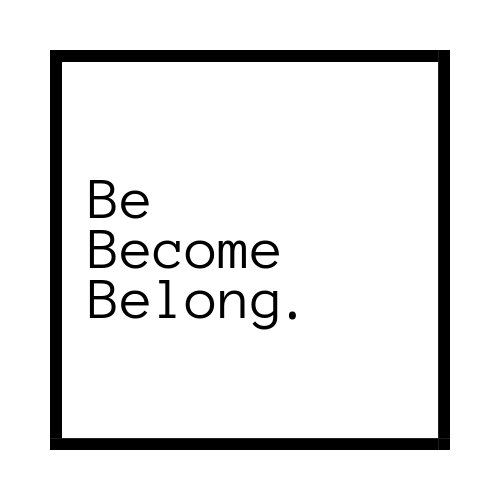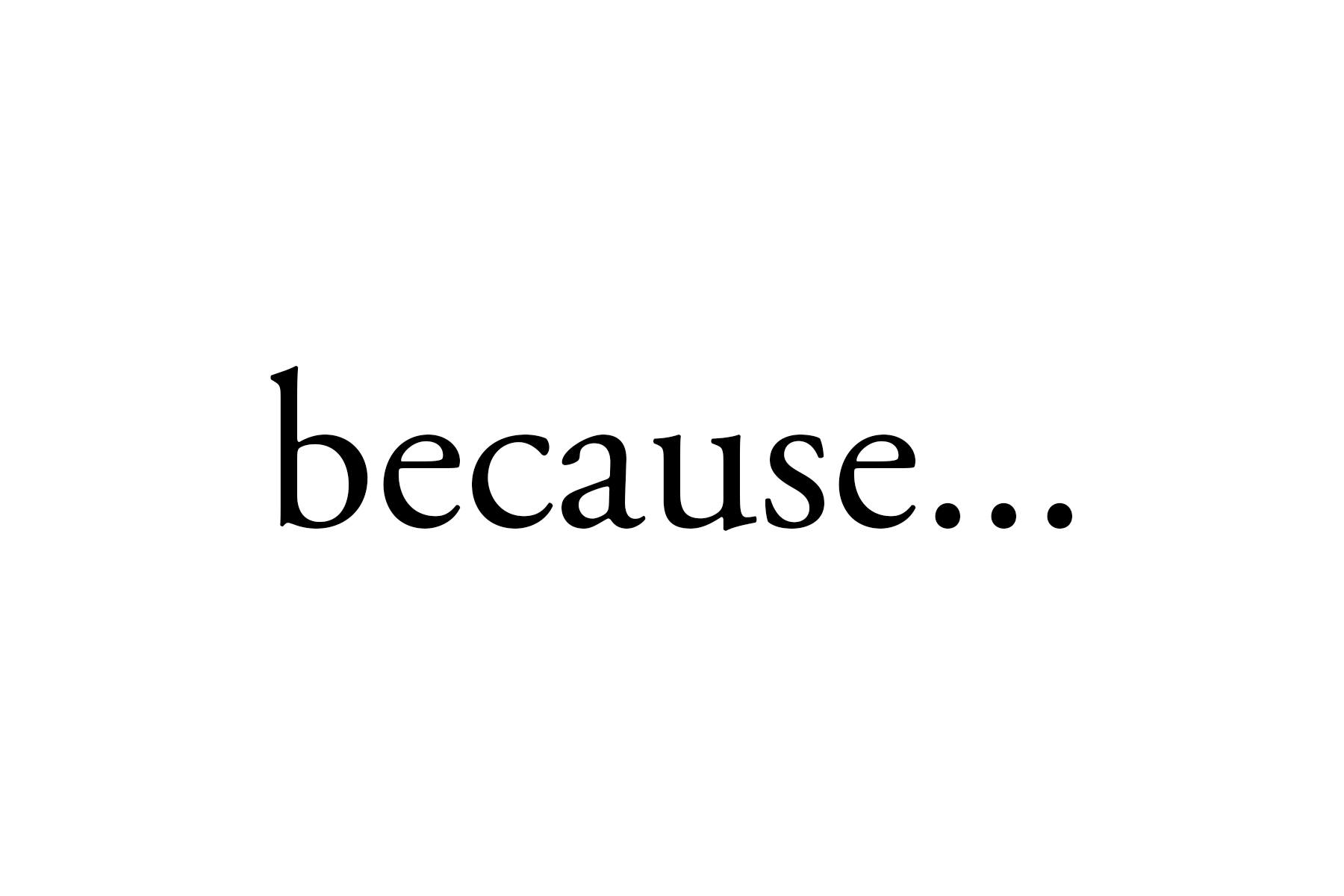Most of us don't have enough space. Our schedules are often cluttered with meetings, tasks.…

What you didn’t know about Relationships – Part 3: Change
In the second post in this series, we looked at the misconception on Intention and how to lead purposeful, intentional relationships that create value for yourself and others. Now, in our final post, we explore the third-most common misconception most of us have about relationships:
MISCONCEPTION #3:
Relationships are unchanging. Our relationships and the people we relate to stay the same- if the person, or relationship has been in a certain way, it is and will always remain the same. People should ‘get’ or understand/empathize with us. If they don’t, it means the relationship is broken/can’t be fixed/ isn’t meant to be. ‘It’s not working because he/she doesn’t understand me / I don’t understand him/her…’ ‘He/she doen’t care about me at all…’
REALITY:

Relationships, like people, are ever-changing. Every relationship is a constant work in progress. Even with people for whom we may feel ‘know us’, they aren’t us, and it is challenging for them to truly understand us or fully empathize with us – and vice versa. This means relationships take practice – by communicating, we can help them better understand us. This means you are always the process of prototyping, iterating, testing, learning how to improve it through Communicating Care.
EXERCISE #3: CARE
Practice how you Communicate Care – the 5 Love Languages
Every relationship is a chance to connect: to give and receive. The quality (how we give) as, if not more important than quantity (how much) we give. Often we differ in the ways we like to show and receive care. Gary Chapman, the creator of the ‘5 love languages’ shares insight on 5 ways you can connect, to give to and receive care from others:
- Words of affirmation: Expressing affection through spoken words, praise or appreciation can be extremely validating – ‘You’ve worked hard, you’ve done well’, ‘Thank you for …’ ‘I love you’ so well. Learn how to praise and show appreciation for others.
- Physical touch: Care can be expressed through your touch: holding hands, embracing, kissing, so on. For some, this physical connection may be the most direct and assuring.
- Acts of service: For some, they believe in ‘Show, don’t tell’. This is because, to them, actions speak louder than words. You can show your care and support for them through acts – like helping them to with daily tasks/chores e.g. doing the dishes when they are tired.
- Gifts: Well-thought gifts can be the perfect way to show care and appreciation. Creating or choosing a relevant, useful gift, or gifting someone something they want but would never gift themselves is a great way of showing care.
- Quality time: Our full attention is often the best gift we can give others. Learning how to express affection with undivided, undistracted attention is important – this could be through mindful listening (listening to understand and hear the person, as opposed to listening in order to respond), doing an activity you both enjoy together, so on.
With the knowledge of the 5 love languages, think back to your tribe and your relationships with them. For each of these relationships, ask yourself:
- How is this person giving to me? Is this aligned with how I like to receive? If not, how can I communicate to him/her about my preferred way of receiving?
- How am I giving to this person? Is this aligned with how he/she likes to receive? If I don’t know how he/she likes to receive, how can I communicate so I can better understand his/her preferred way of receiving?
Learn how those we love want to be loved (by us) so we can love them better, and seek to teach others how we want to be loved, so that they can love us better.
Here are the links to to the other posts in this series:
What you didn’t know about relationships – Choice Part 1
What you didn’t know about relationships – Purpose Part 2
What do you think? if you have any questions/comments, feel free to write me, I’d love to hear them.


